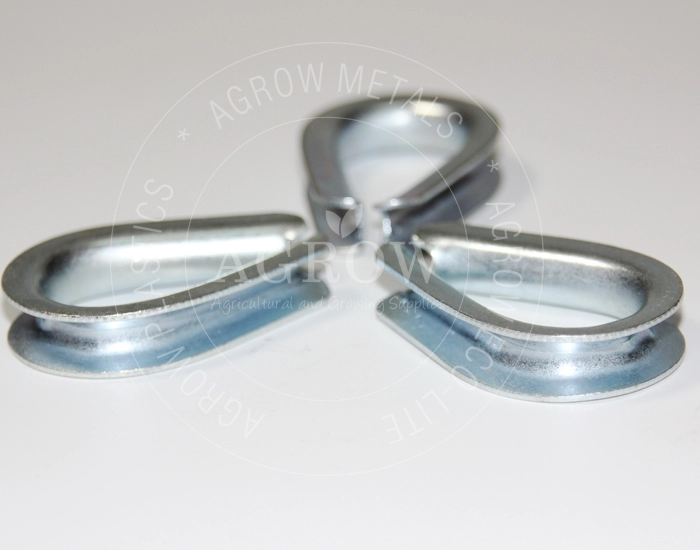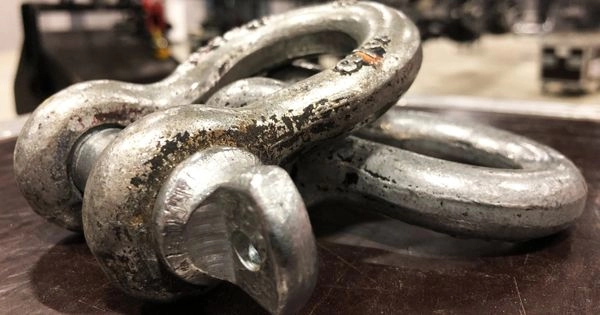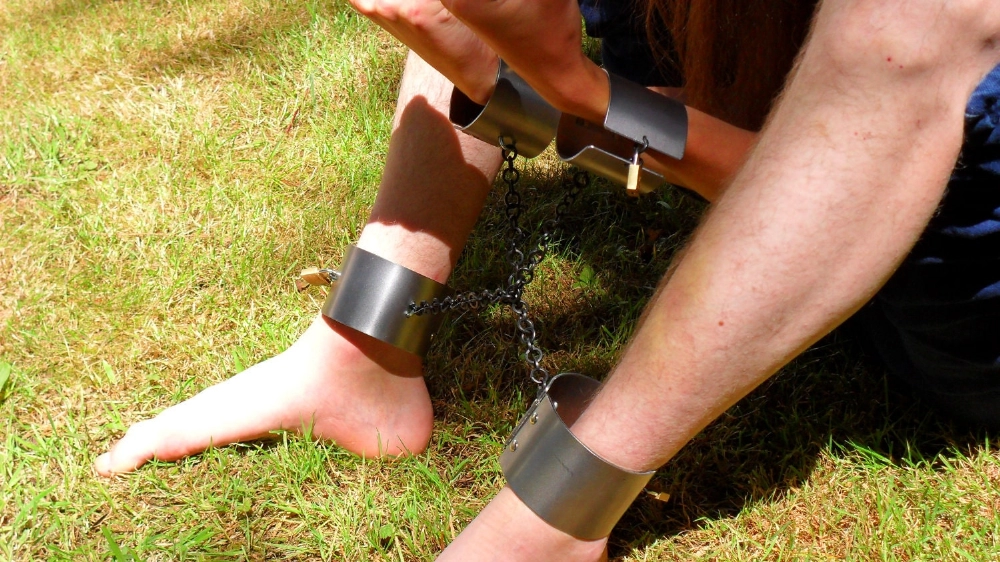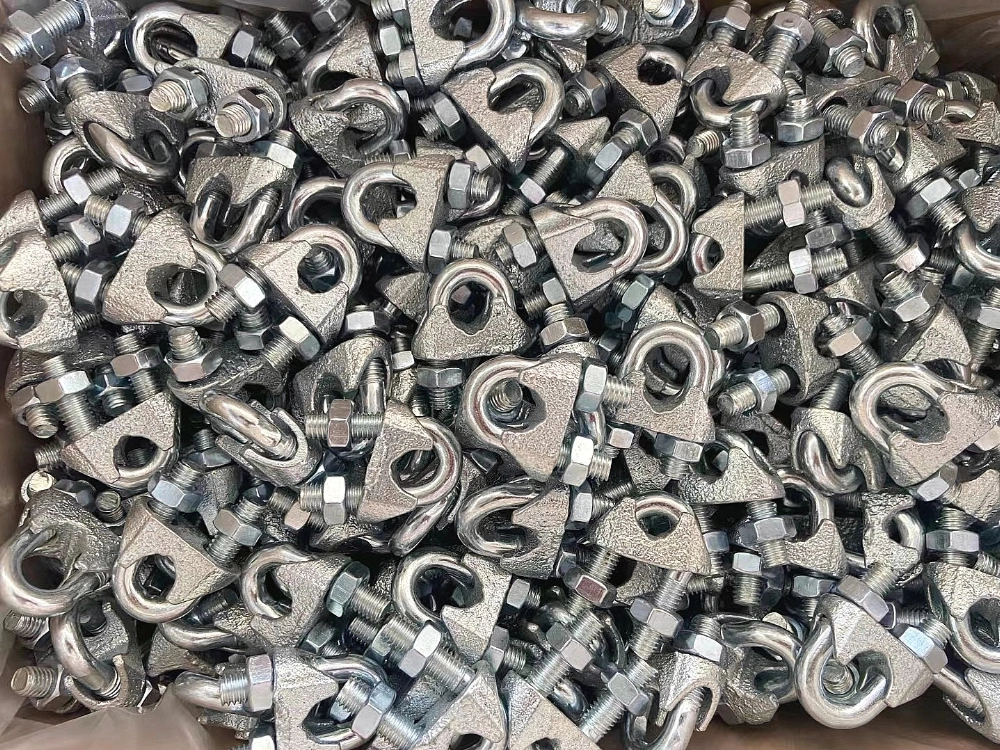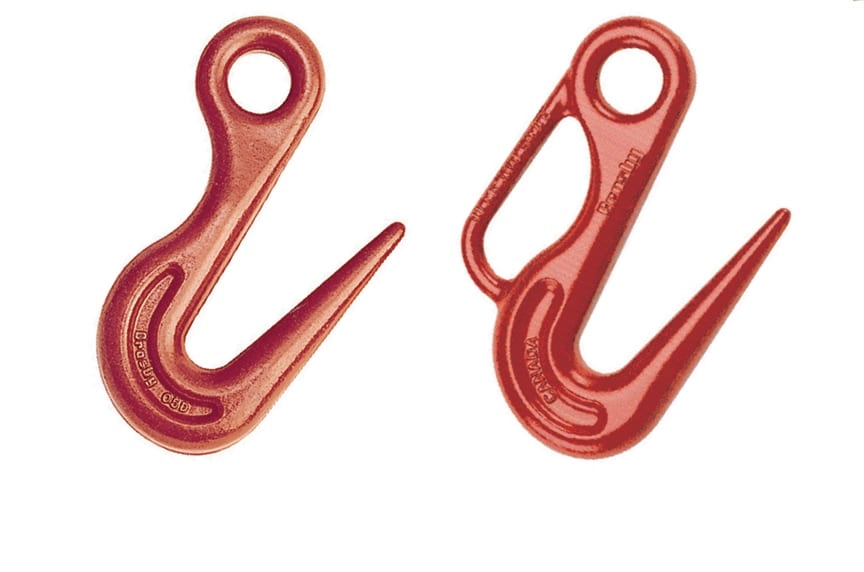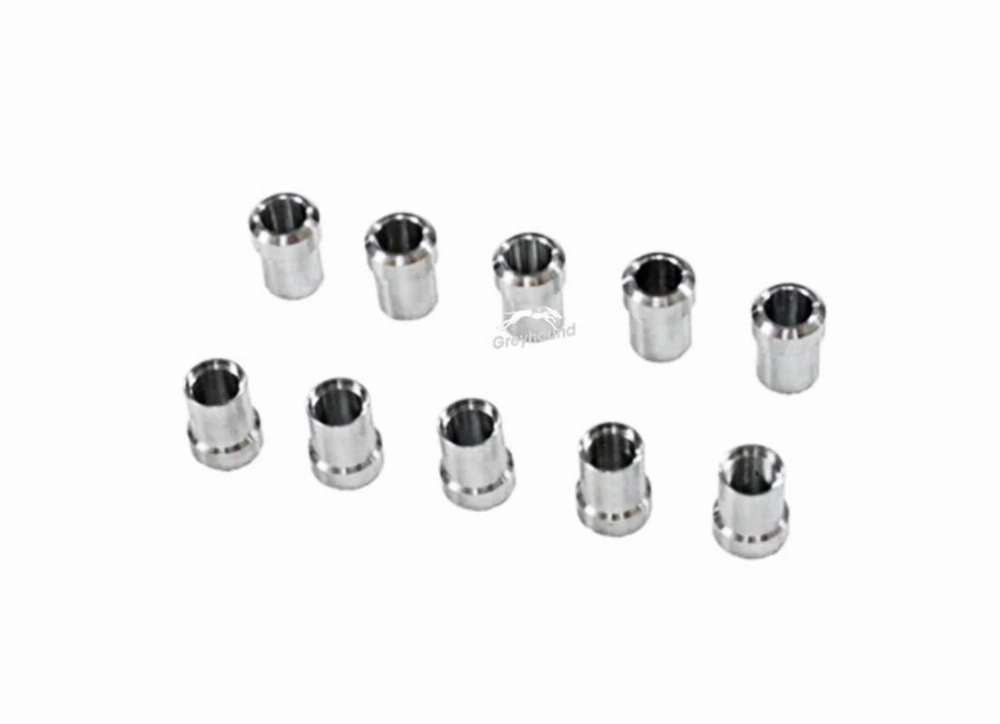Need help? Write to us info@hqlifting.com
- Charging Accessories
- Lifting accessories
- Steel Cable
- Beam cart
- Turnstile for load securing
- Load Ratchet Strap
- Lifting current
- Chain for Load Lifting
- Lifting equipment
- Slings
- Steel Cable Tensioner
- Polyester slingshot
- Load binders
- STEEL HOOK
- Steel Cable Clamp
- Electric winch
- Permanent magnets
- Steel Cable Clamp
- moitão
- Carabiners
- Screw With Eyelet
- Lifting Clamp
- Talha Manual
- Uncategorized
Call our consultants or chat online
+86 151 4514 5178
how to install electric hoist
Installing an electric hoist requires technical care for safety and compliance. It is necessary to check the structure's capacity and analyze the electrical requirements. Specialized tools must also be used.
For how to install an electric hoist Safely, follow the manufacturer's instructions. This includes the mounting dimensions and angles. Systems with trolleys or carts require special attention to movement paths. Certifications such as ISO 9001 and NR-12 are essential. ✅
Main Points
- ✅ How to install an electric hoist must prioritize analysis of load supported by the structure
- CE and ABNT NBR 16225 certifications are mandatory for safe operation
- For how to install an electric hoist with a trolley, check rail dimensions and mechanical adjustments
- Electrical requirements include rated voltage (220V/380V) and protective circuit breaker
- Measuring equipment (dial gauge, laser level) ensures precise alignment
Preparation for Electric Hoist Installation
Before starting, it is essential to follow the technical preparation steps. This is especially important for those who want to know how to assemble a structure for a 1000 kg electric hoist. Checking the environment and materials helps to follow safety standards. It also prevents structural problems.
Verification of Technical and Structural Requirements
- ✅ Support structure: Use galvanized steel beams. They must have a minimum cross-section of 150×150 mm and a thickness of 8 mm. The design must follow static and dynamic load calculations.
- ✅ Mechanical resistance: Check the steel strength grade (S235JR or higher). The minimum tensile strength must be 400 N/mm². The pillars must support up to 1.5x the nominal load for 1000 kg.
- ✅ Electrical inspection: The cables must have a minimum gauge of 4 mm². The circuit breakers must have 30 mA residual current devices (RCD). The electrical network must comply with ABNT NBR 16513 and NR-11 standards.
Perform ultrasonic weld inspection and structural rigidity testing with certified equipment. Choose tools such as dynamometers and strain gauges for accuracy. How to assemble a structure for a 1000 kg electric hoist also requires PPE, such as Class B helmets and Category III insulating gloves. Consult technical designs approved by registered engineers to avoid operational risks.
Installation Methods by Configuration Type
For installations with trolley systems, the choice of configuration is crucial. It defines mobility and operational precision. Electric hoists with a mobile trolley allow linear movement on IPE or HEB beams. Fixed models are ideal for static loads. ✅

For how to install a manual winch on a trailer ou how to turn on manual winch on the post, it is important to follow the minimum fastening specifications. On trailers, use base kits compatible with ASTM A36 steel profile dimensions. On poles, the assembly must follow:
- Fastening with galvanized steel plates;
- Torque check of 35-45 Nm on screws;
- Maximum load of 20% lower than the rated capacity.
For how to turn on manual winch on the post, use support rings welded at a right angle. In systems with a ratchet, it is essential to ensure axial alignment of ±2°. Avoid cable overlaps and check lubrication quarterly on moving parts.
In trailer installations, the winch base must be at least 15 cm from the edge of the structure. For dynamic loads, impact dampers with ISO 4308 certification are recommended. ✅
Step-by-Step Installation Procedure
Installing a manual ratchet winch on boat trailer carts requires attention. It is essential to secure it properly to avoid problems. This ensures that everything works well and complies with standards, such as ISO 9001:2015.
Mounting, Testing, and Safety Verification
To do everything right, follow these steps:
- Fixation Preparation:
- Use a digital level to see if the surface is level;
- Choose stainless steel screws with a torque of 25 Nm, according to the manufacturer;
- Place the winch in the center of the trailer, followed by the manufacturer's instructions;
- Assembly and Adjustment:
- Perform the welding with an electric arc, following ISO 14732;
- Place a fixing grill with a minimum thickness of 8mm;
- Initial Load Test:
- Load the winch up to 20% of the maximum capacity to test the welds;
- If the lateral displacement is greater than 0.5mm, there was a failure;
✅ Final Verification: After adjusting, check if it is aligned with an inclinometer. The system must withstand 120% of the nominal load without shaking too much. Record all torque data and inspection dates, following ABNT NBR 16.230.
Special Considerations for Specific Applications
For installations in difficult locations, such as metal structures or environments with corrosion risk, it is crucial to follow strict technical rules. Let's talk about the important details for installing ratchet winches and aluminum fastenings in special situations.
Mounting on Aluminum Benches: Strength and Sizing
✅ how to install a ratchet winch on an aluminum seat It is necessary to understand the load that the material can support. Use stainless steel supports with 10.9 HM screws. It is important to fasten with a torque of 15-20 Nm. In anodized aluminum benches, be careful with thermal deformations.
Check the compatibility table of the ABNT NBR 16227 standard. The working voltage must be ≤ 30% of the minimum material resistance.
Steel Cable Crimping for Ratchet Systems
how to attach steel cable winch ratchet requires specific techniques. Use ASTM A108 carbon steel hardware and hydraulic crimpers. The initial cable tension must be adjusted between 51% and 101% of the equipment's maximum capacity.
Include retention clips at 90° angles to prevent slipping. Before use, perform static pull tests of 120% of the rated capacity.
For preventive maintenance, perform semiannual inspections. Check for cable wear, pulley misalignment, corrosion, and calibration of load limiters. Document everything according to ISO 4309, keeping certification records.
Share:

June Han /founder and designer
The co-founder of Hqlifting, sales director, amateur writer about fitness business

